How to Install a Trailer Hitch
1990-1994 Lexus LS400
Some people might think adding a trailer hitch on a LS400 is crazy, I think it's practical. What you may not know is that adding a hitch on an LS is a pretty simple procedure since the frame has pre-drilled bolt holes for a hitch. The owners manual even has several pages devoted to towing a trailer. With a V8 and extremely sturdy construction this car will have no problems towing light to medium loads. I primarilly intend to tow a 4'x8' utility trailer. So far I've only done one haul with the utility trailer but it seemed like it wasn't even back there. The newer model LS's also have pre-drilled bolt holes for hitches and there are several company's making bolt-on hitches for this car. It's really nice having a hitch on my car and it has a low visual impact. The install was straightforward but plan on at least 3 hours, not 10 minutes like the instructions say! Yeah, it probably took 10 minutes to bolt the thing on but with all the trim removal and cutting it really adds up, and don't forget the wiring.
Tools Needed:
- Jack
- 2-Ton jack stands
- Wheel chocks
- Screwdriver
- Pliers
- Keyhole saw
- Hack saw
- Socket wrench & sockets
- Box wrench
- Tape measure
- Torque wrench (10-80 ft-lbs)
Parts Needed:
- Hitch kit
- Additional 1/2" washers for spacers
- Trailer universal converter wiring kit
- Hitch ball

Here's the hitch kit I bought. It has everything you need except for additional 1/2" spacer washers. Buy about 12 of these depending on thickness, you need to make up about 1/2" of space on each side. Here's the hitch install instructions. If you look on that site you'll find hitches for other LS's as well but there are other site's that sell hitches.
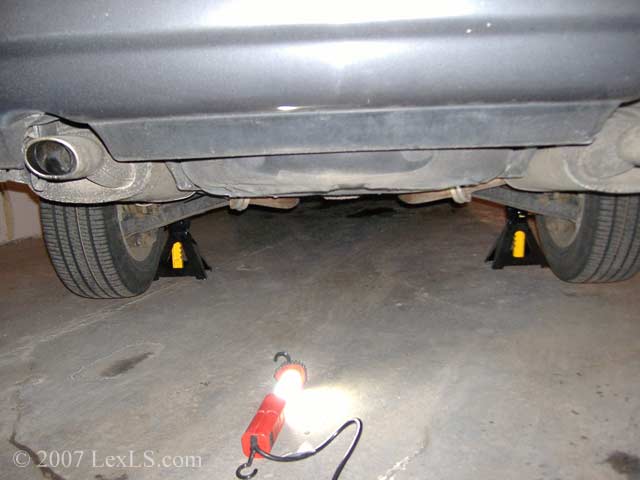
1) Remove lower back trim piece. Optional but recommended: Jack up the rear of the car and put on jack stands for more room to work.

1A) The trim piece has 2 plastic screws, one on each side. Be very careful when unscrewing these....
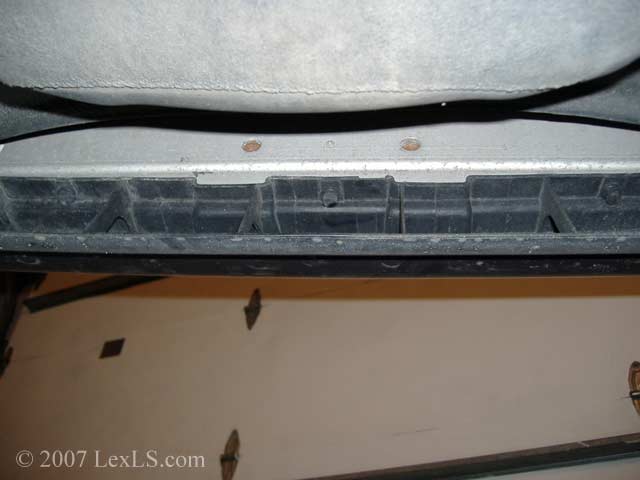
1B) ...and pull out the 3 tabs on the back of the trim piece. Pull off trim and set aside.
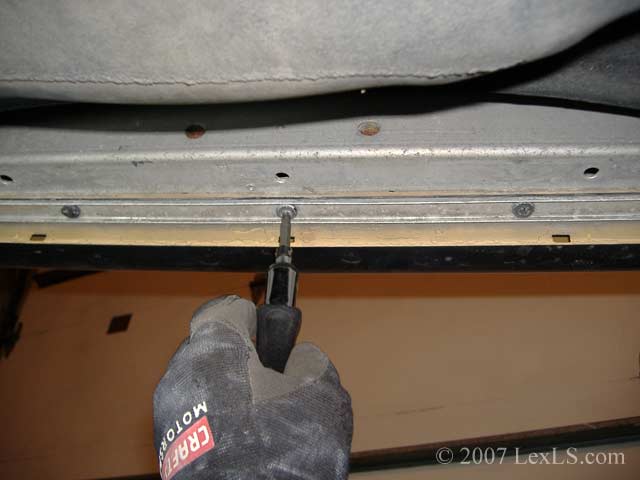
2) Carefully unscrew the 7 screws and remove the metal piece that secures the bumper.
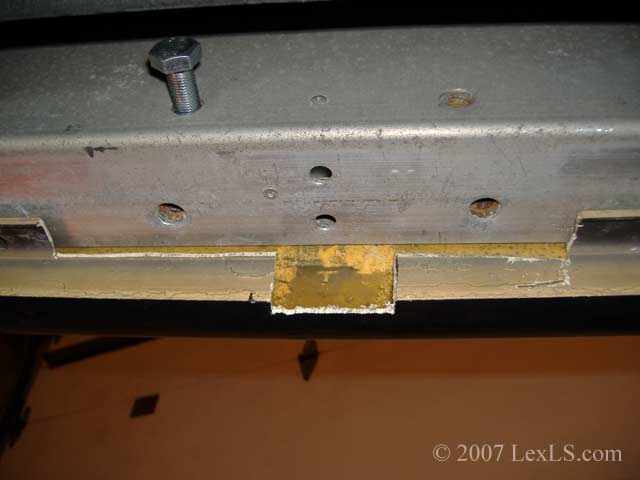
3) Hold the hitch up to the bolt holes and mark where you'll need to cut. Cut out a space for the hitch using a keyhole saw or sharp utility knife. You don't have to cut too far into the visible part of the bumper because the hitch will slightly push the bumper in/up. You'll have to use your own judgement on where and how far to cut but this pic shows what I did. Once you've cut the bumper out you will want to thread the bolts in all 4 holes since there will probably be some crud in the threads.

4) Install hitch via directions. Use additional 1/2" washers to make up for any remaining space in the back. The spacer bar that comes with the hitch should be directly against the frame. Torque bolts to 65 ft-lb.
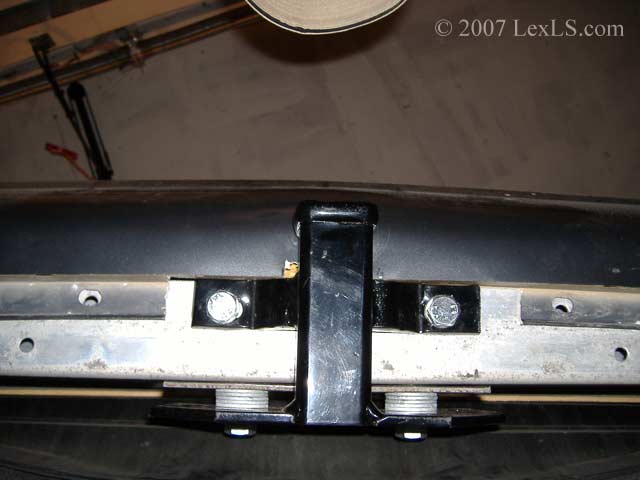
Another view.
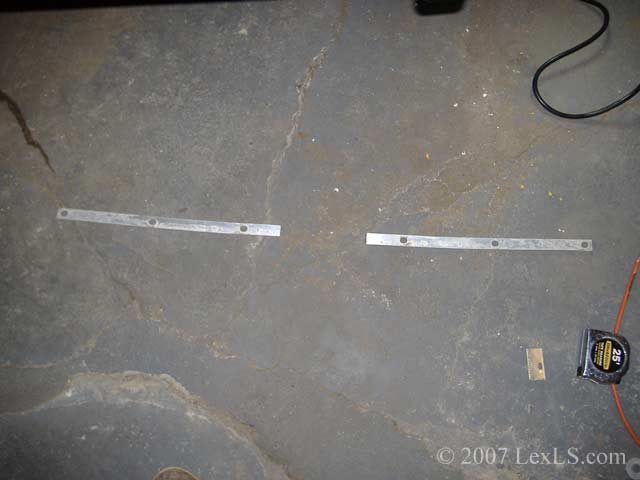
5) Cut out center of the metal bumper retaining piece using a hack saw.

6) Install cut metal pieces and 6 plastic screws.
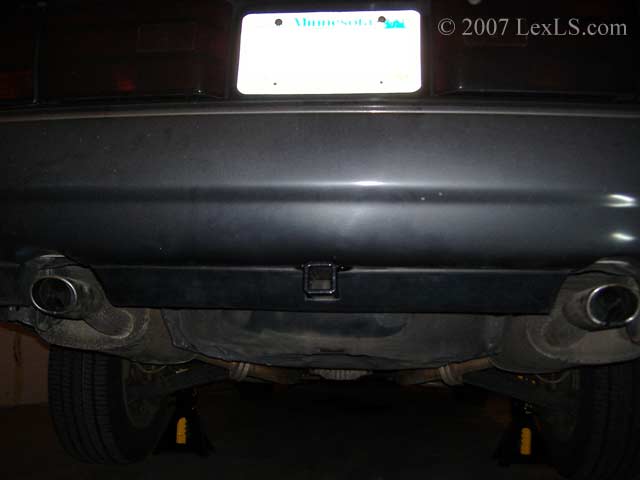
7) Cut out a section of the bottom trim using a keyhole saw. Again, you'll have to use your own judgement as to how far and how much to cut. Take your time here and make it look nice.
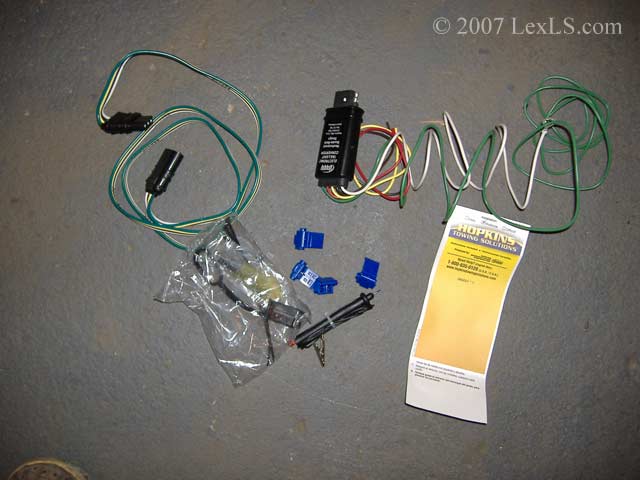
Here's the wiring kit, a universal taillight converter kit. It converts the separate turn and brake signals into the single signal a trailer uses. This kit came with a handy test light, splices and dielectric grease...about $18.

8) Remove the left side trunk trim piece, the side that has the tool box. Also remove the plastic piece that goes under the trim so you expose the wiring. Remove the electrical tape in the section seen so you can see the colored wires, these are the wires you need to tap into.
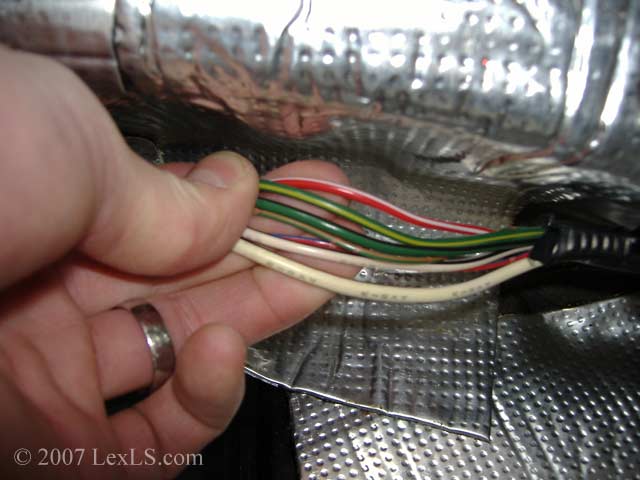
Wire codes: red/white stripe = brake lights, green/yellow stripe = right turn signal, green/black stripe = left turn signal, green/orange stripe = parking/tail lights. The parking light wire is thinner since it carries less current.
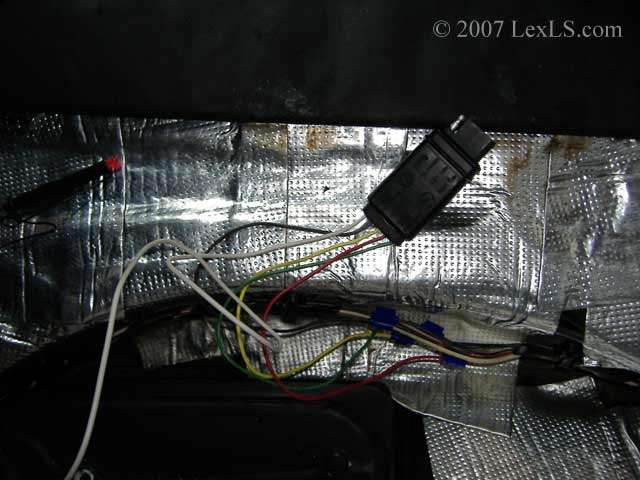
9) Match the converter wires to the wire codes and splice in. Stagger the splices.
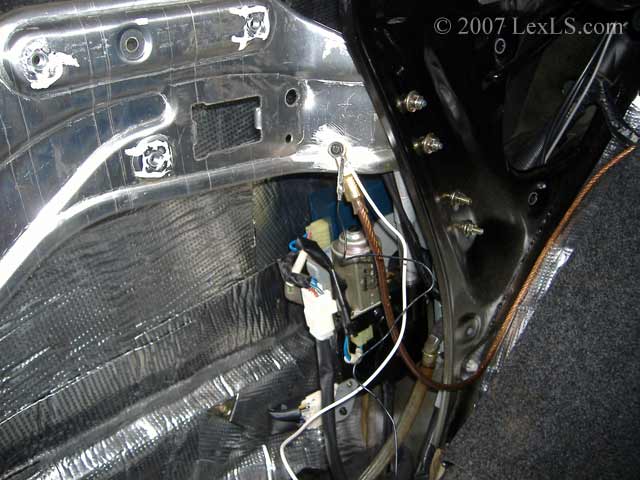
10) Ground the converter to the frame. I just used the ground for my amp since it was right there.

11) Go through each function to test your wiring works correctly. If it works, wrap the wires and splices up using electrical tape. Put the trunk trim back and you're done.
If you found this information useful please support the site by clicking the button below and making a donation. Thank you.
